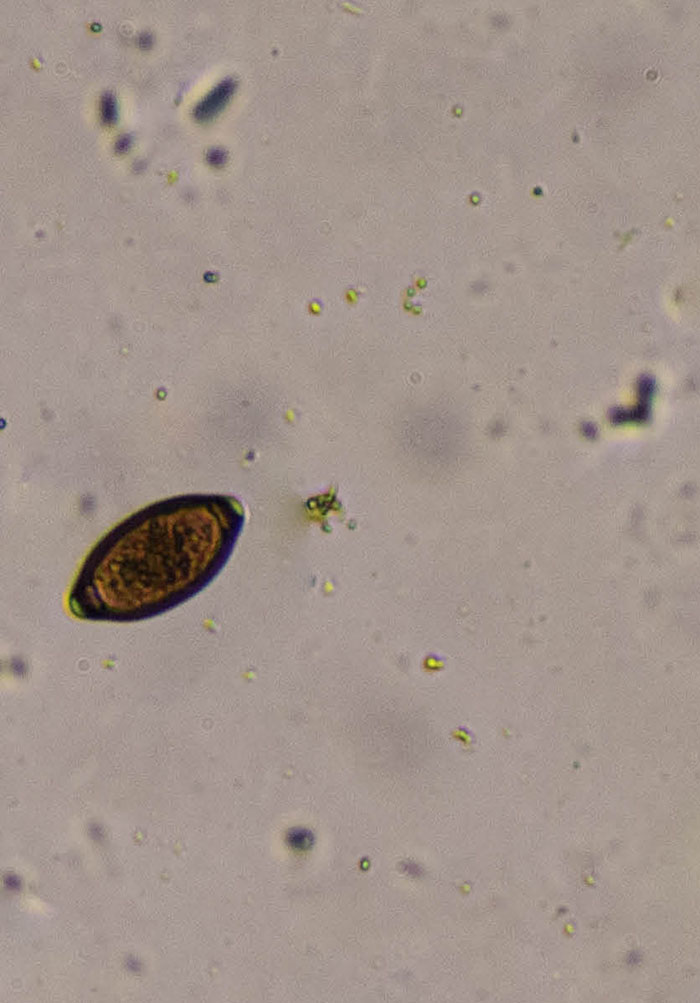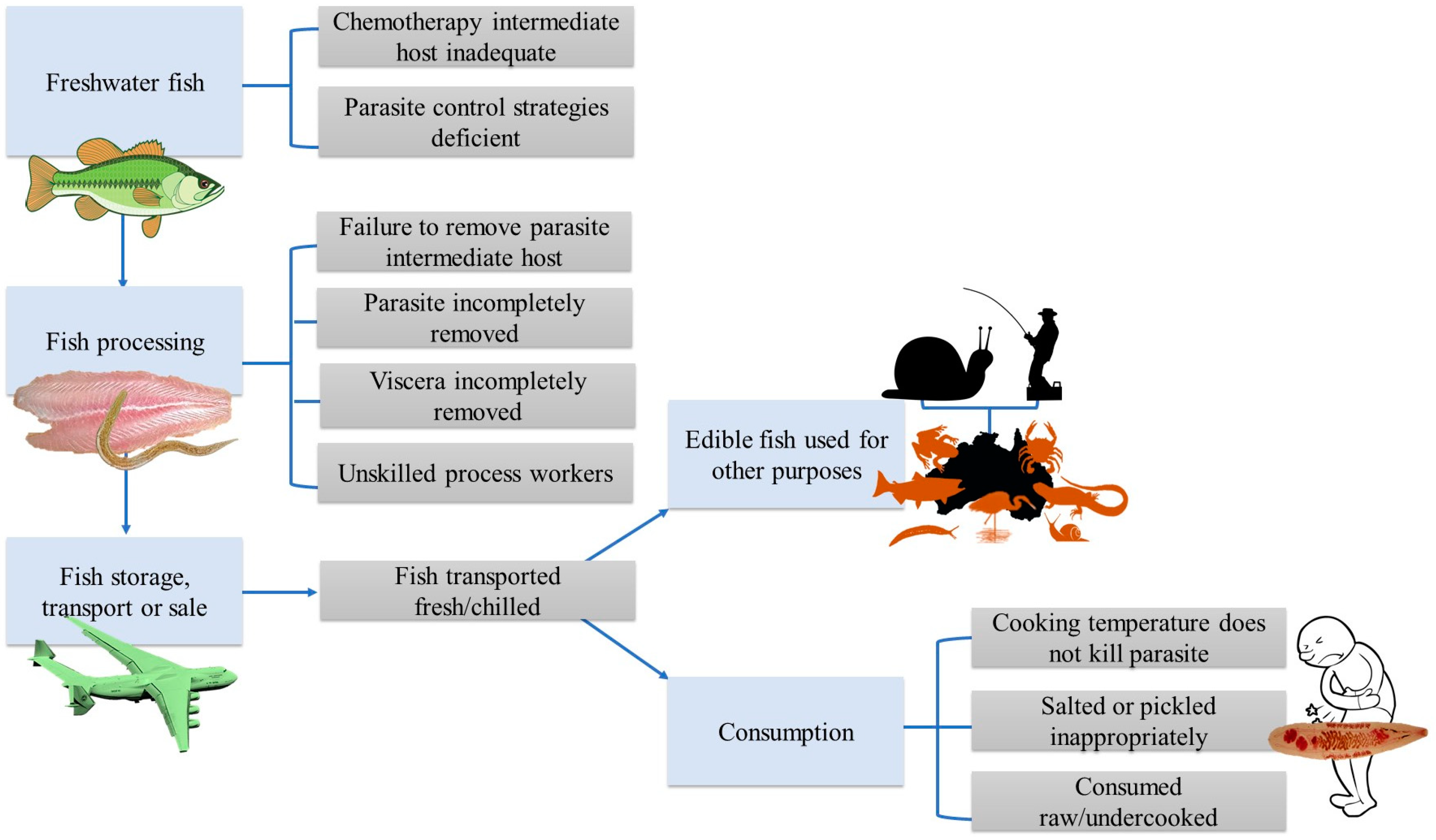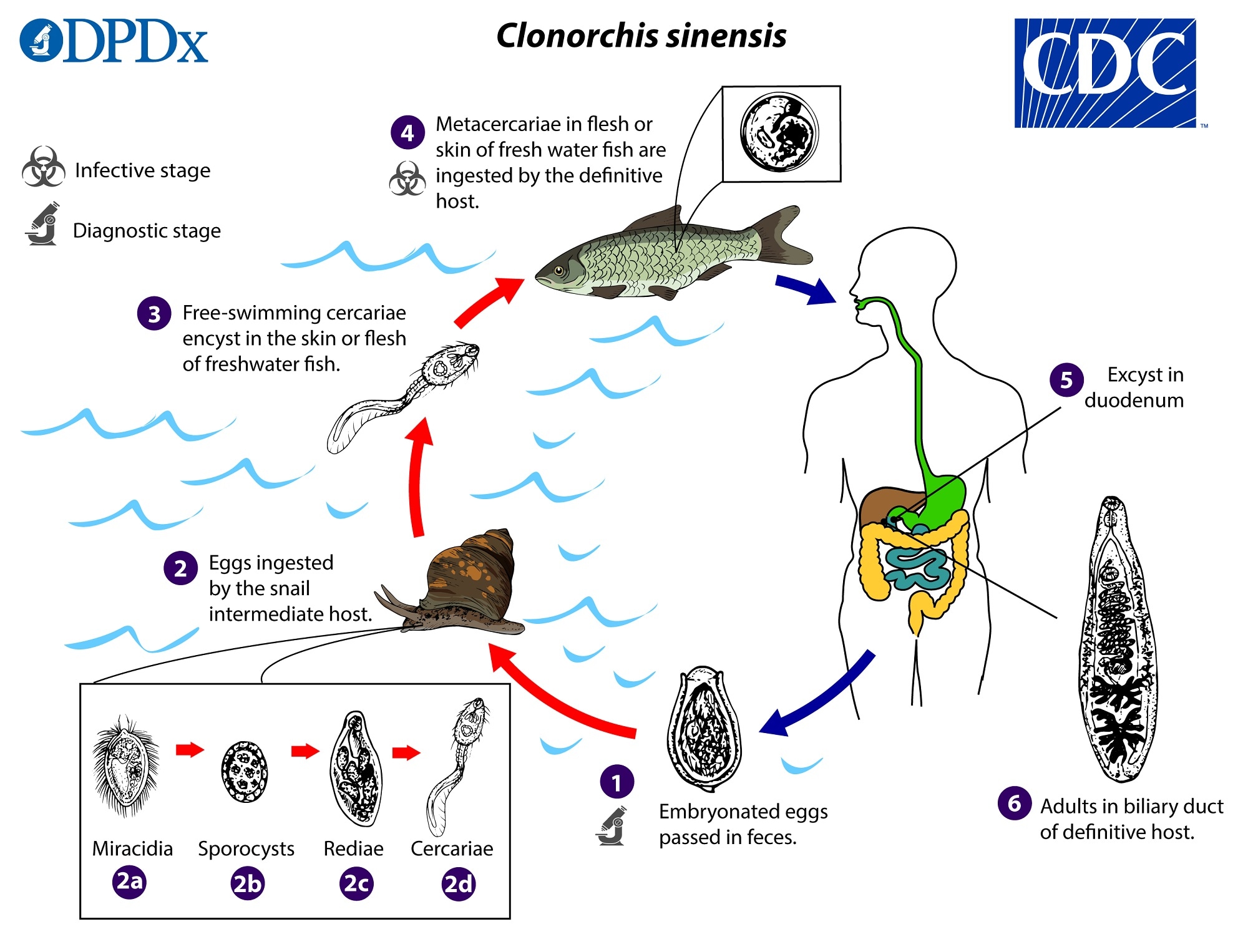Zoonotic Trematode Infections; Their Biology, Intermediate Hosts and Control

Many diseases linked with trematodes are zoonotic, including liver flukes (Fasciola spp., Clonorchis, and Opistorchis are the most common), intestinal flukes (some species of the Heterophyidae), lung flukes (Paragonimus spp.) and the blood flukes (schistosome species). A characteristic for all these species is that they have a vertebrate as final host and have freshwater snail species as the first intermediate host, and for the food-borne trematodes, also a second intermediate host where their infective stage (metacercariae) lodge or in case of the Fasciolidae, cercariae encyst on aquatic or semi-aquatic plants. We describe the biology of transmission with emphasis on the intermediate snail hosts, and the control of these.

PDF) Alaria alata Infection in European Mink

Diversity, Free Full-Text

Zoonotic Trematode Infections; Their Biology, Intermediate Hosts and Control

26100 PDFs Review articles in TREMATODA

Zoonotic Trematode Infections; Their Biology, Intermediate Hosts and Control

Prevalence of fish-borne zoonotic trematode infection in Jilin Province, China - ScienceDirect

Main risk factors for transmission of fi sh-borne zoonotic trematodes

PDF) Liver and Intestinal Flukes

Trematode Zoonoses







